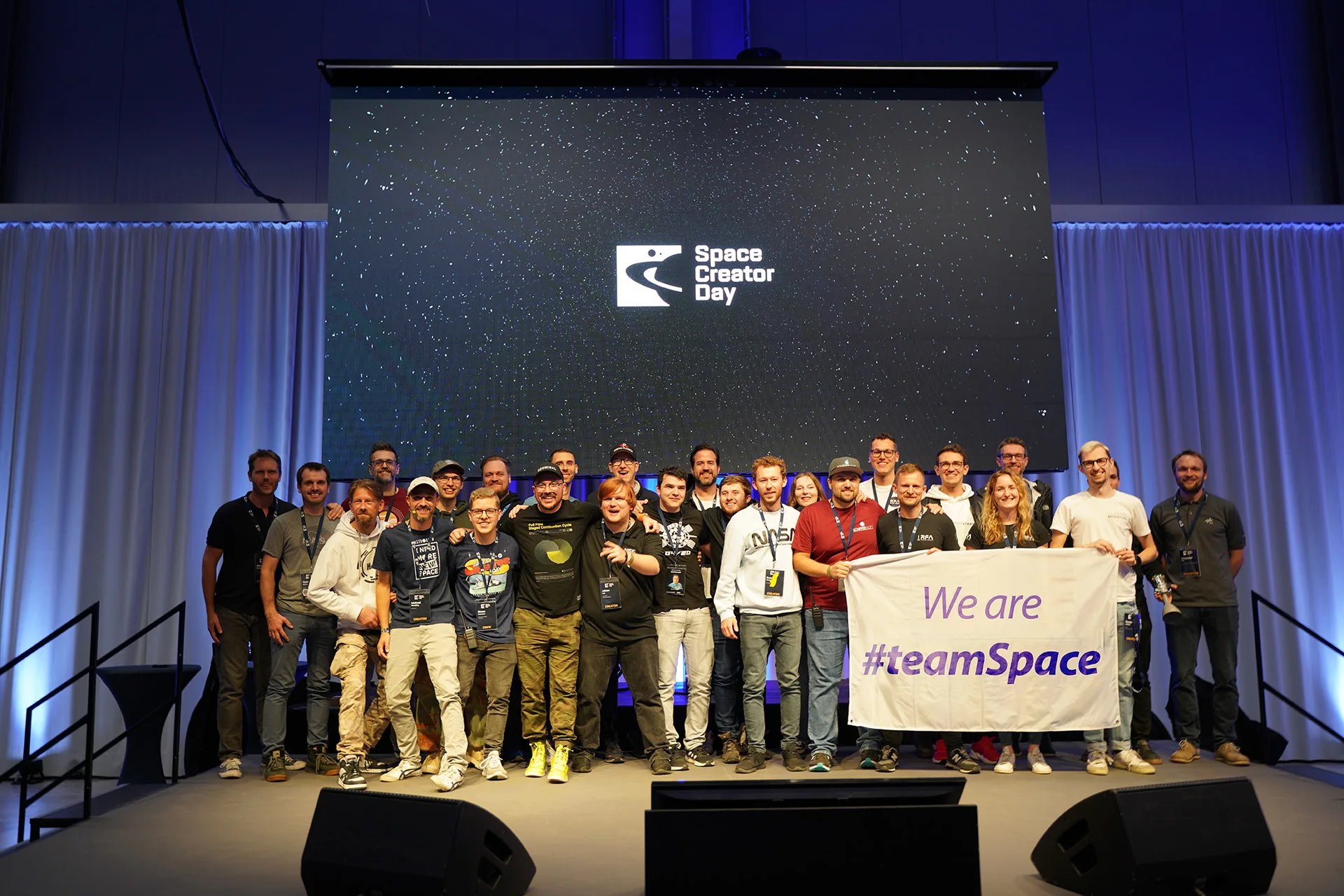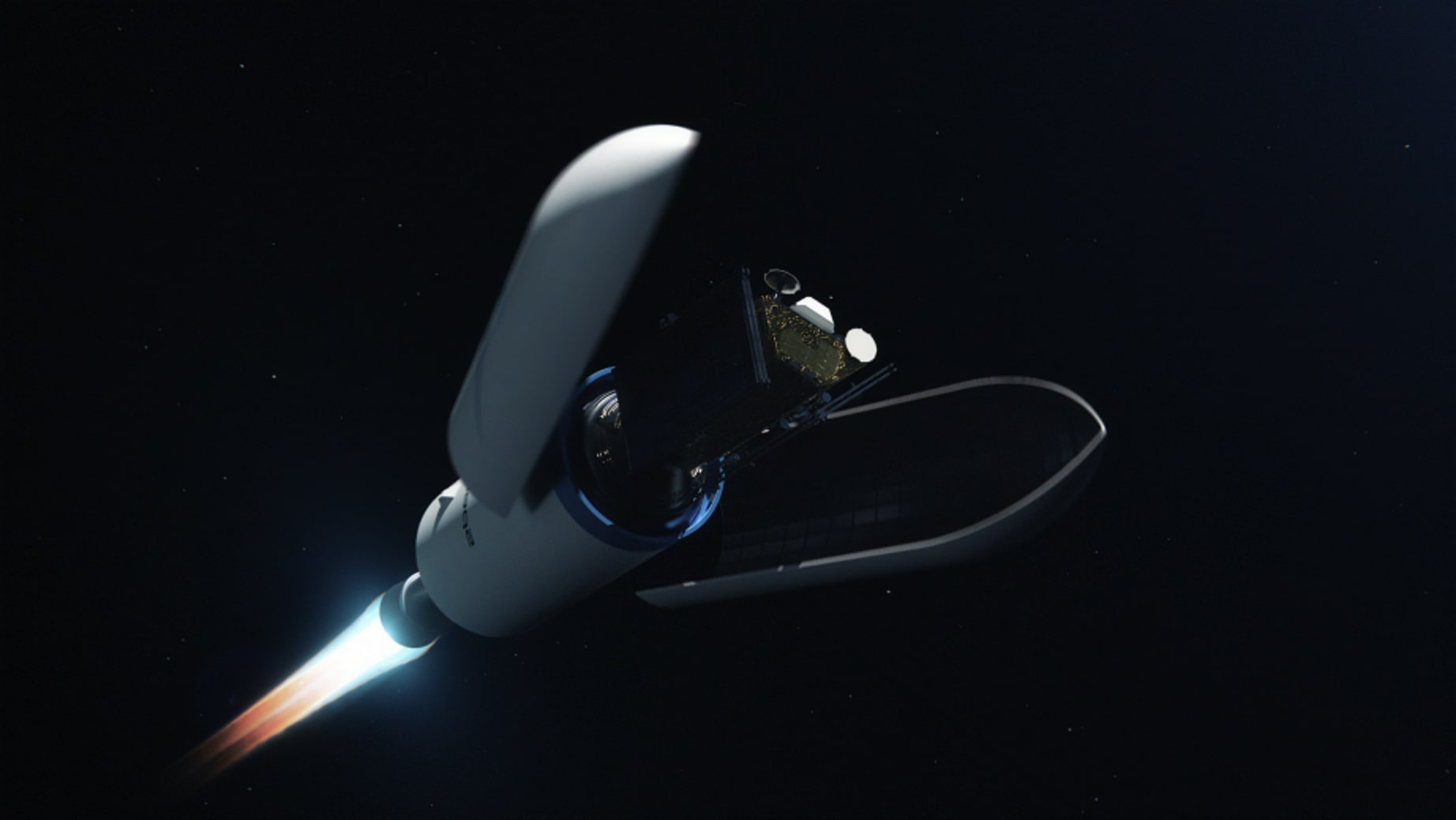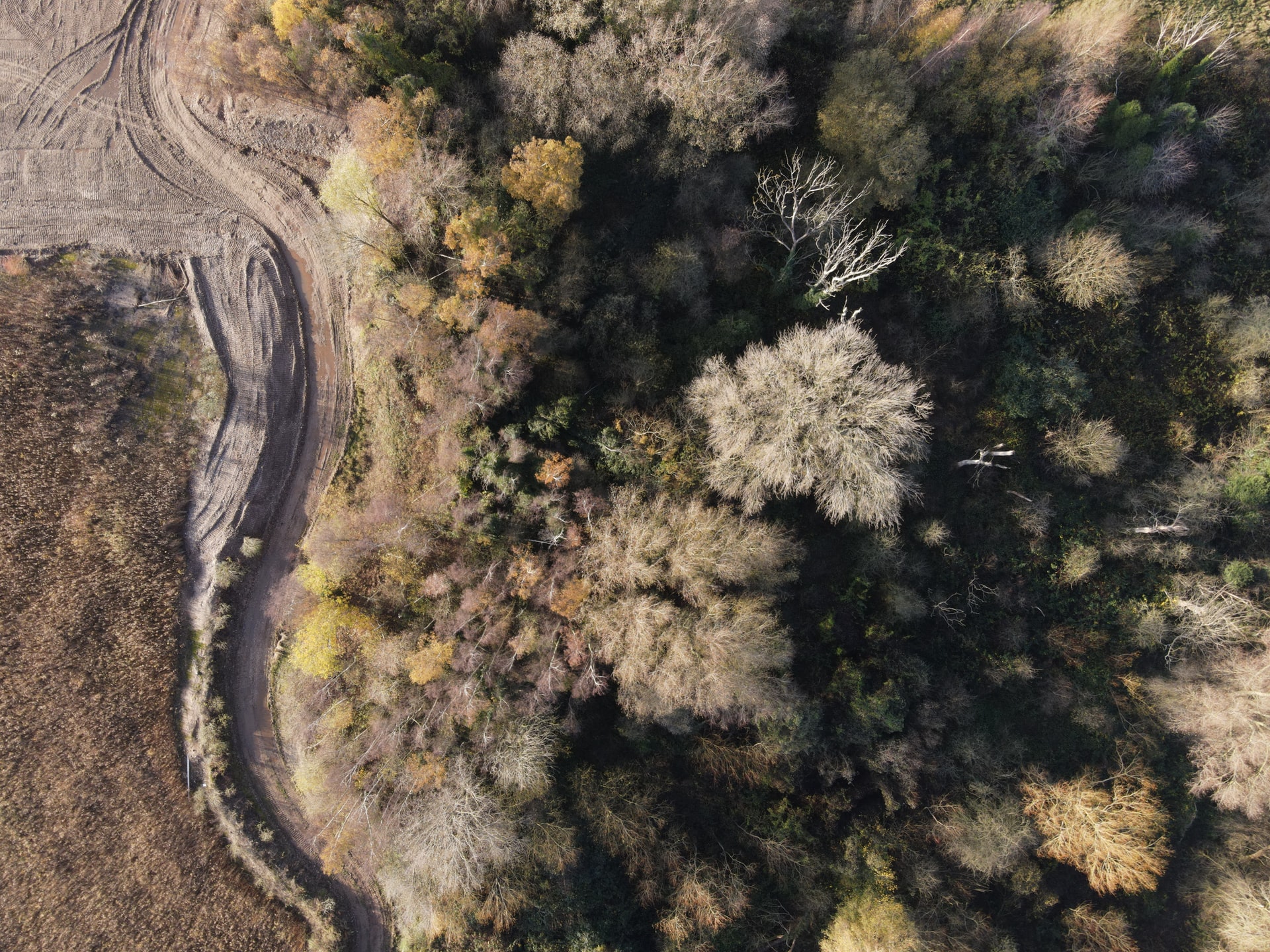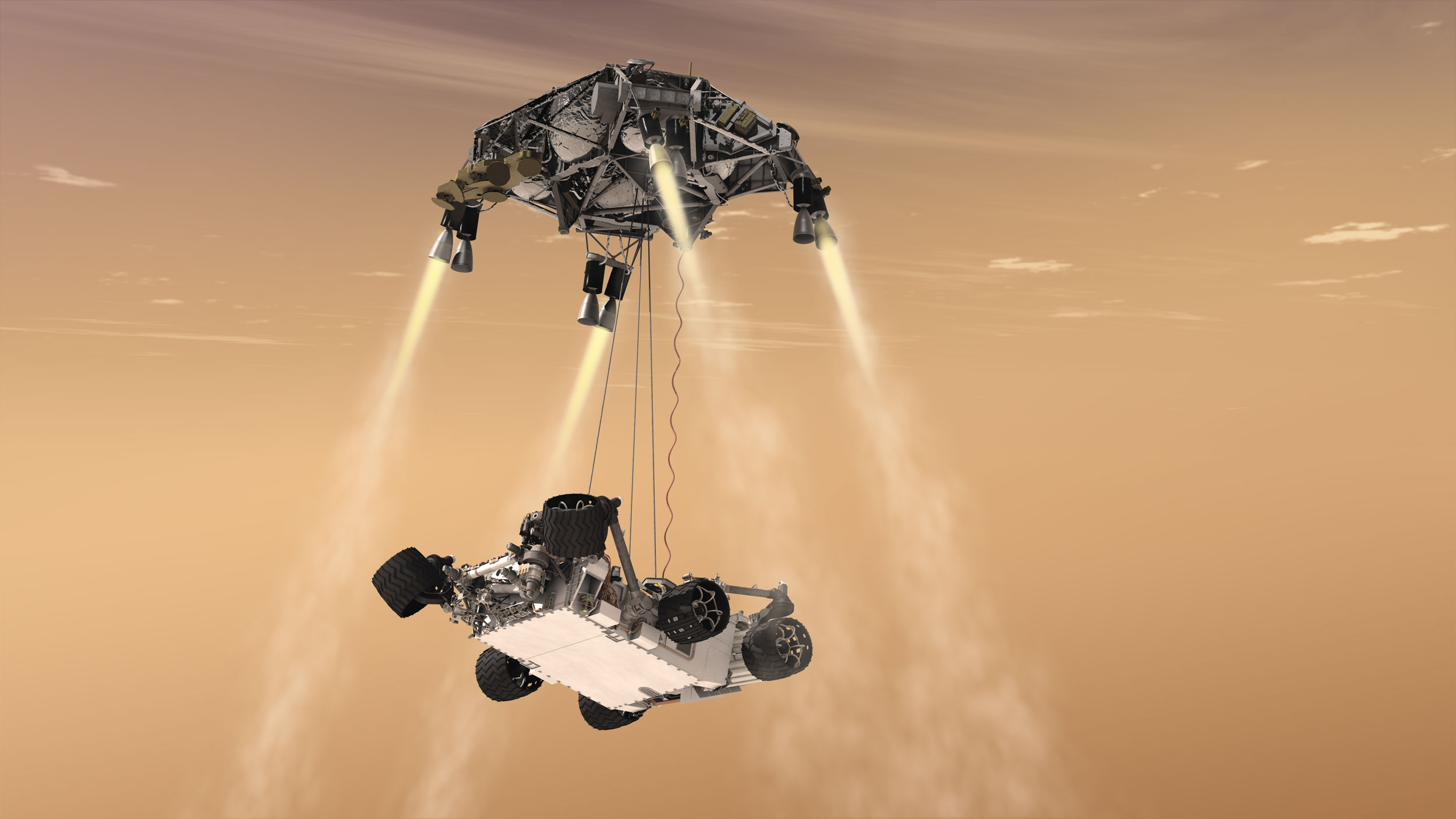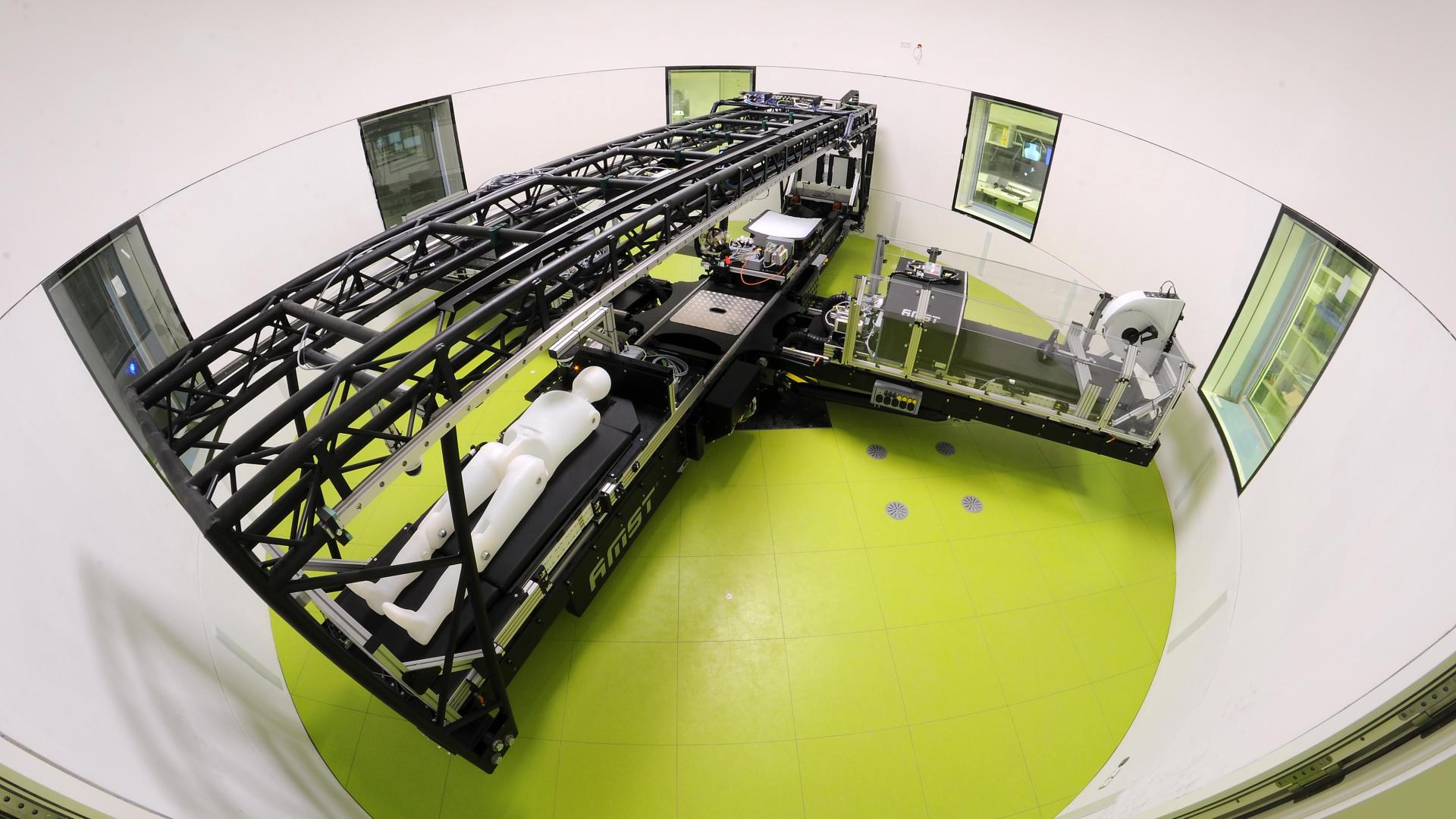
DLR wins million-dollar contract from NASA
Published on Sun, 28.11.2021 – 13:25 CET in Financials, covering DLRThe German Aerospace Center (DLR) is to support NASA in research. A contract worth $49.9 million was signed to conduct bed rest studies.
NASA announced that the studies will be conducted at DLR facilities. However, the possibility of using NASA centers or contractor and subcontractor sites for this purpose is not excluded. The signed contract began Nov. 23, 2021, and runs through Dec. 31, 2025.
The so-called bed-rest studies are intended to research the effects and risks of space flights. For this purpose, the test subjects lie upside down on a bed for a long period of time - standing up is not possible. Naturally, they are given medical care and monitored. The findings of these studies will help to better understand the risks of long-term space flights and to evaluate possible countermeasures.
According to Brandon Vessey, research operations and integration scientist with the Human Research Program HRP, there is a clear research focus this year. For example, the performance of crews on autonomous missions will be studied. So will the effectiveness of various advanced systems to support autonomous operations.
The results of these studies will help NASA plan future exploration missions that will require astronaut crews to operate more autonomously from Earth than current International Space Station missions in low-Earth orbit.
Brandon Vessey, Research Operations and Integration Scientist at the Human Research Program.
30 days lying upside down for science

As in previous bed rest studies, the head ends of the couches are tilted downward by 6°. This distributes the body fluids as in weightlessness. More than half a liter of body fluid rises into the upper body. Among other things, this has an effect on the circulation, digestion, but also on vision. To get blood and fluids back into the lower extremities, the new tests use negative pressure cylinders for half of the test subjects. They encircle their bodies from the waist down, but are only used for six hours - two times three hours - a day. The Lower Body Negative Pressure Device (LBNP) was built by the DLR Institutes of Aerospace Medicine and Materials Physics in Space and Systemhaus Technik in coordination with NASA.
In total, there will be four campaigns with 12 participants each. Including two weeks of preparation, 30 days of bed rest, and two additional weeks of follow-up examinations and retraining, they will last 59 days. The first study is currently underway.
The results of the studies will then be incorporated into long-term missions. These currently only take place on the International Space Station ISS. In 2025, however, humans are to fly to the moon again. The construction of a lunar base is also being considered aloud in many places. The next steps are NASA's Artemis program and the Lunar Gateway.
